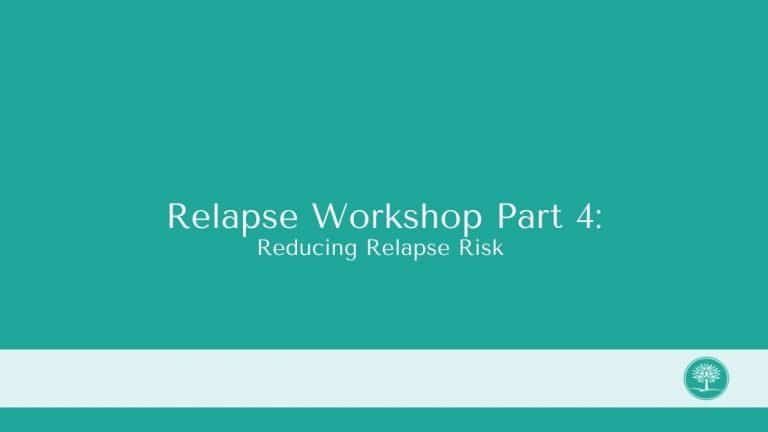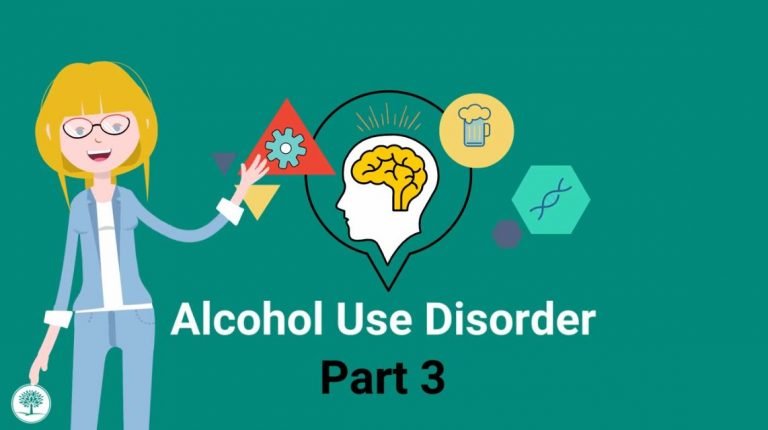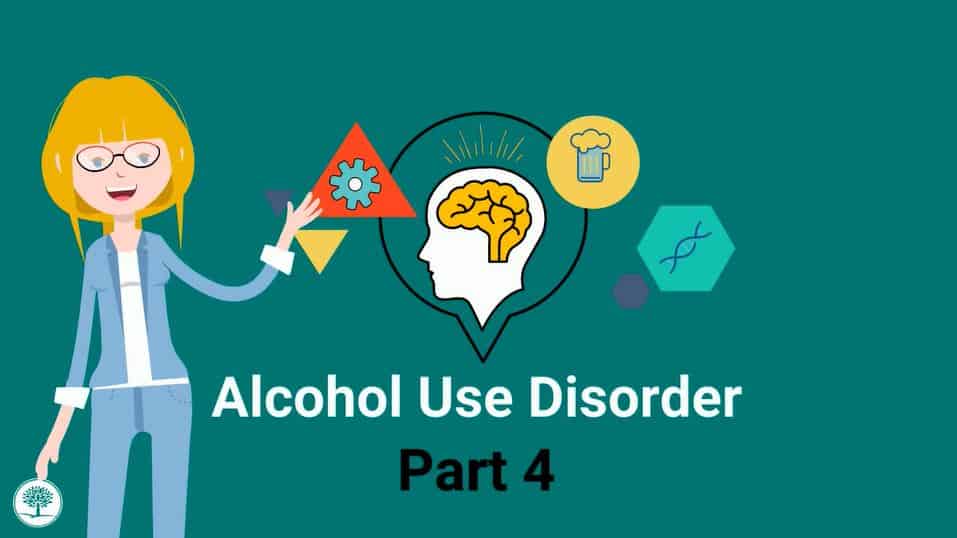What is Addiction Part 5: How a Thought Becomes a Relapse
Estimated watch time: 7 mins
Summary:
Relapse is often a part of addiction recovery. Relapse can stem from thoughts that occur because of triggers we experience. Learning how to notice and understand your thoughts can serve as a coping mechanism to help you avoid relapse.
In this video guide, we explore examples of thoughts that can lead to relapse.
Other Addiction & Mental Health Resources
The Recovery Village has several, free resources for those living with addiction or mental health conditions and their loved ones. From videos, to clinically-hosted webinars and recovery meetings, to helpful, medically-reviewed articles, there is something for everyone. If you need more direct help, please reach out to one of our representatives.









